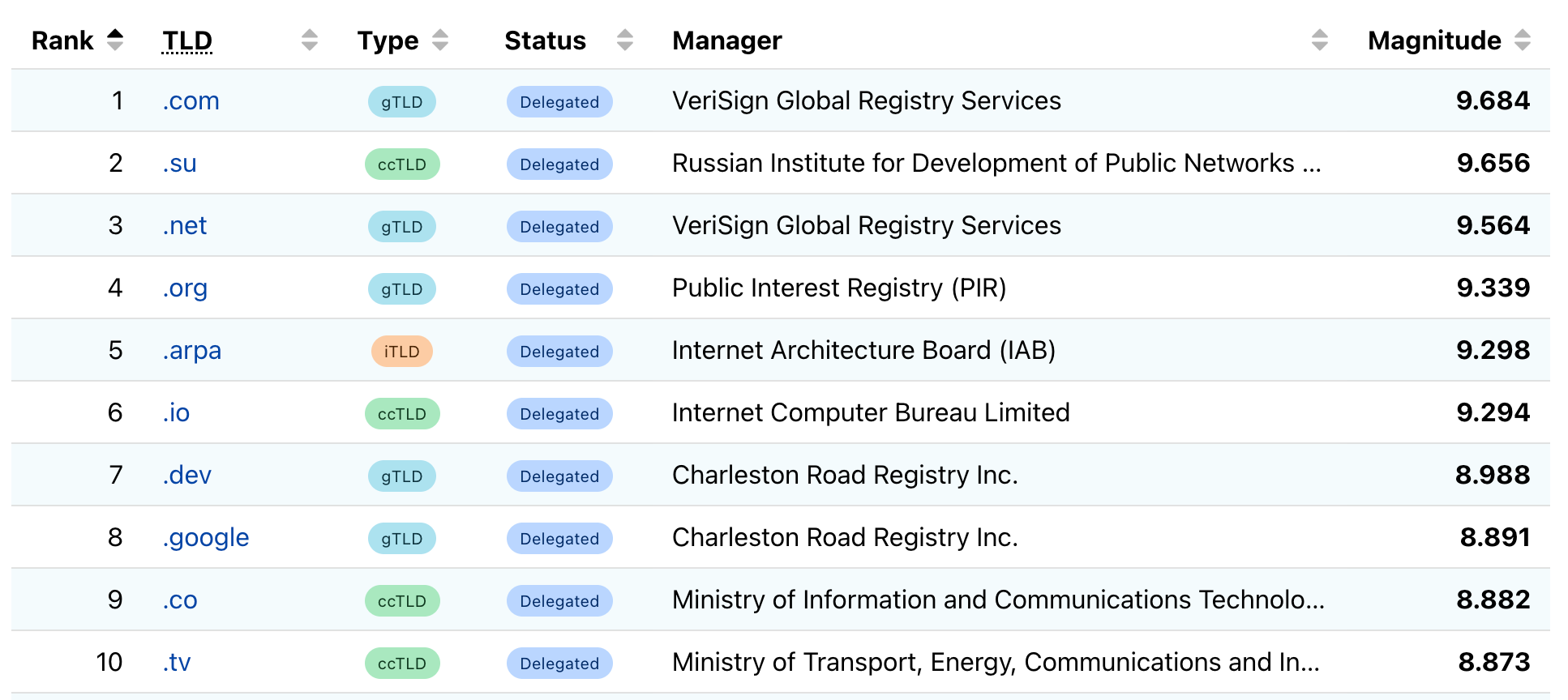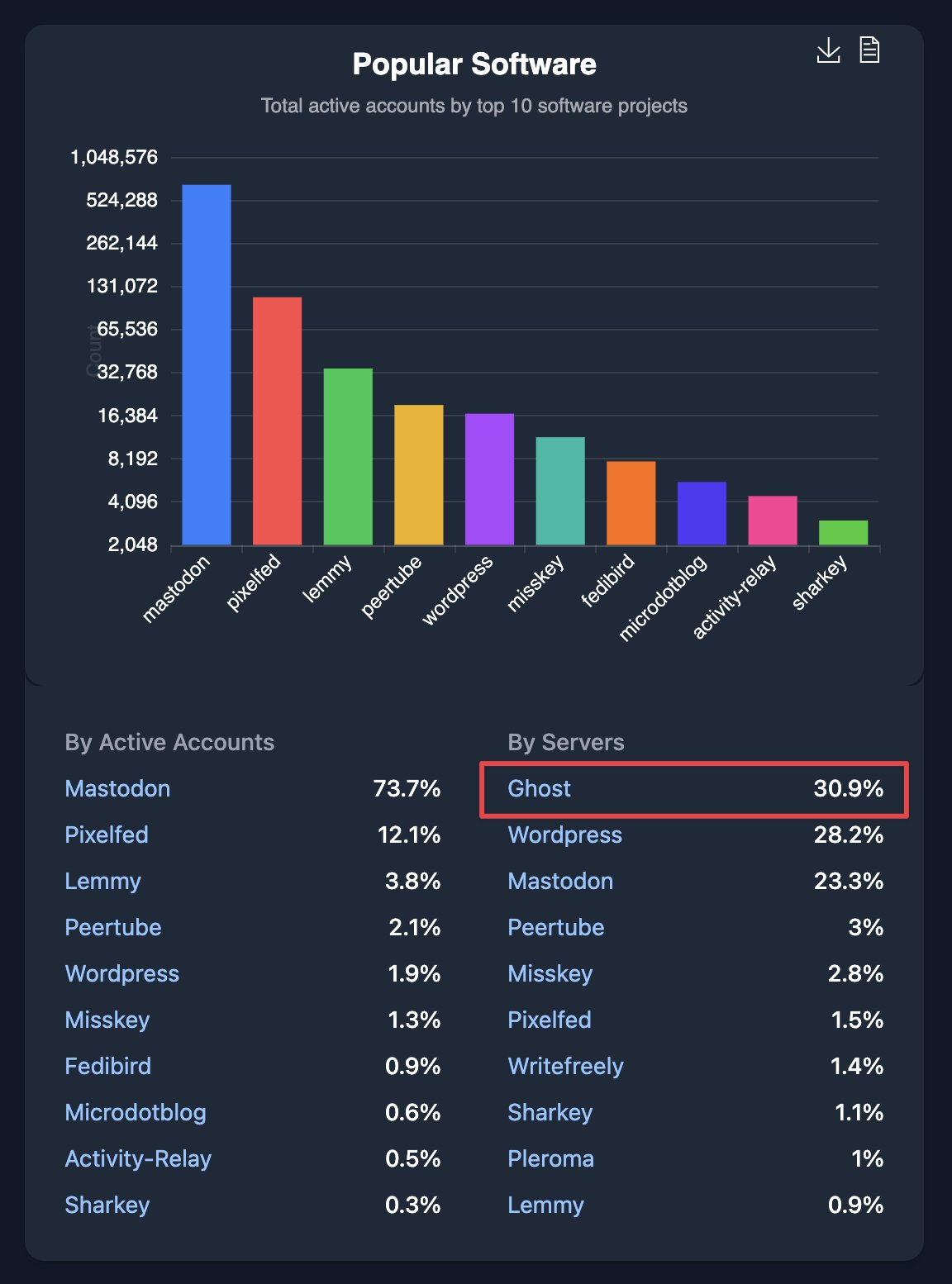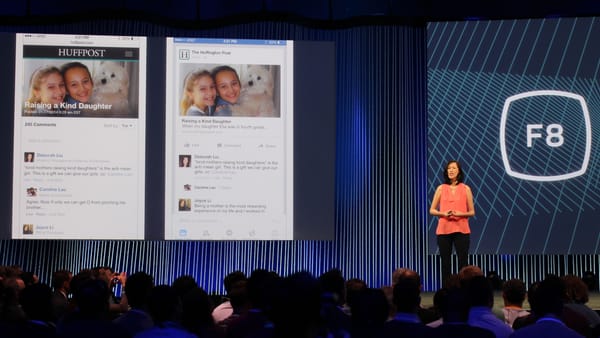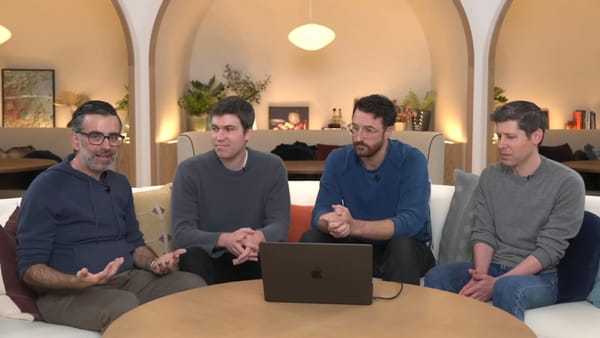Vercel Brings Next.js to ChatGPT’s Web Layer

This week I spoke to Vercel’s Andrew Qu about the company’s recent experiments running a full Next.js application inside ChatGPT. OpenAI's apps were originally designed for relatively limited HTML pages (at least compared to Vercel's SPAs), delivered through a tightly sandboxed, triple-nested iframe system. Vercel’s challenge was to bring server-rendered, dynamic behavior into that environment.
Long story short, Qu’s team proved that a Next.js app can function inside ChatGPT without changes to the framework itself. You can read my article on The New Stack for the technical details, but I'll leave you with this quote from Qu, which shows that web apps will play a key role in the AI era:
"We’re trying to do this thing with Next.js as a proof point that even if people don’t really interact with the web in the traditional sense […] it’s still up to the people to build the experiences that will then be embedded into the chat experiences.”
Ok, onto the week's web tech news, including more WebAI developments. But let's start with the good old web platform...
Web Platform Opportunities
🌎 Internet pioneer Vint Cerf and Mallik Tatipamula (CTO at Ericsson) outline their "7 Phases of the Internet" for IEEE Spectrum, calling it "a map to where the Web goes next." We're currently in phase 4, according to the pair, which is "The Internet of AI Agents."
"Even as the Internet enters into Phase 4, long gone is its limited mandate of merely moving data packets. The Internet is today and over its future phases becoming the intelligent, resilient, and universal fabric upon which the world’s digital future rests. And in the age of AI, connectivity is not merely the foundation. It is increasingly intelligence itself."
💡 I put this in the web platform section mainly to illustrate that AI and agents are now effectively a part of the internet's foundation. I may not be around for the final "Quantum Internet" phase, whenever that happens, but the AI agent phase is exciting enough for now!
🌎 Brendan McLoughlin explains how Remix 3 has diverged from the React path and embraced the web platform:
"This is Remix's value proposition: Simplicity (explicitly control when things update), Web Platform Alignment (standard events, standard streams, cross-runtime compatibility), and Debuggability (trace every update back to a specific this.update() call). The team isn't rejecting React's goal of raising the UX bar, but they are rejecting the complexity tax React accepts to achieve it."
💡 Remix’s turn toward native web APIs shows that the pendulum is swinging back from abstraction toward the platform itself. The big test will be whether simplicity can win developer mindshare after a decade of React habits.
🌎 Blake Watson is also pro-web platform and explains how you can forgo build tools:
"Modern web development is inundated with dependency management and build tools that, while ostensibly created to make you more productive, introduce complication and technical debt. But while we were busy webpack-ing our way to success, the web platform got good. We can now enjoy such things as CSS nesting, JavaScript modules, and even NPM packages without the need for a build step."
💡 I'm not sure how realistic this is for apps that need to scale, e.g. in an enterprise. Still, it's encouraging to see developers exploring "no build" options.
🌎 Loren Stewart built the same app 10 times to evaluate frameworks for mobile performance. It's a very long, technical post, which you should absolutely read if you're a web developer and want the what and how of Loren's analysis. For WTN, I just want to highlight the why, to illustrate why the web matters on mobile:
"My team needed to choose a framework for an upcoming app. The requirements were clear: it had to work well on mobile. Not “acceptable on mobile,” but actually good. We’re building tools for real estate agents working in the field: open houses, parking lots, spotty cellular signals. When someone’s standing in front of a potential buyer trying to look professional, a slow-loading app makes them look unprofessional."
🌎 Baldur Bjarnason ponders a worrying trend that I too have noticed: the reliance on React that LLMs like GPT-5 have.
"...web developer tools based on Large Language Models (LLMs) have, seemingly, stalled the shift away from React that had been gathering steam. LLMs can’t help you with the genuinely new and innovative: frameworks, libraries, and standards that have only recently been introduced don’t have enough critical mass in the training data, which leads to a shift back to React, which in turn prevents the innovations from ever attaining that critical mass."
🌎 Cloudflare has introduced Top-Level Domain (TLD) insights on Cloudflare Radar. Unsurprisingly, .com is number 1, but in a close second place is a Russian domain: .su. Cloudflare says .ru is "mostly associated with a popular online world-building game." Incidentally, WTN's chosen domain, .news, is 60th with a 7.875 "magnitude." I like to think that's because WTN is on the cutting edge!

AI x Web: Emerging Strategies
🤖 OpenAI blog: How we built OWL, the new architecture behind our ChatGPT-based browser, Atlas. Written by Ken Rockot, Member of the Technical Staff, and Ben Goodger, Head of Engineering for ChatGPT Atlas.
OWL — OpenAI’s Web Layer — is described as "our integration of Chromium, which entails running Chromium’s browser process outside of the main Atlas app process."

Rockot and Goodger note:
"Think of it like this: Chromium revolutionized browsers by moving tabs into separate processes. We’re taking that idea further by moving Chromium itself out of the main application process and into an isolated service layer."
💡 OWL confirms that OpenAI is treating the browser layer as core infrastructure. By pulling Chromium into its own “web layer,” Atlas effectively makes the web a subsystem of ChatGPT. I'm not sure if that's a good or bad thing for the open web, but it's an ingenious technical solution.
🤖 Laurie Lay, senior software engineer at Ippon Technologies, on why JavaScript is a rising trend in Machine Learning (via my TNS colleague Loraine Lawson):
"It’s an evolution of the web platform that’s happening right now, and as developers, we have the ability to build the new generation of these intelligent applications. Many of our apps that are already built with JavaScript have the ability to keep application data localized, private and real time. This makes JavaScript a really perfect language for deploying machine learning models on our small, resource-constrained local devices."
💡 JavaScript’s rise in ML isn’t hype — it’s a practical response to running models close to the user. I've just spoken to someone from Google about this for an upcoming TNS article, so will have more to say next week.
🤖 Guillermo Rauch, CEO of Vercel, on JS growth in AI:
"The world runs on TypeScript & JavaScript. Our bet is that AI engineering will follow suit. The growth in [Vercel's AI SDK] downloads and adoption has been astonishing."
💡 AI SDK is Vercel's AI toolkit for TypeScript, so Vercel’s bet is clear: if the web is where agents surface, then JavaScript will become the default agent language.
🤖 Calcalistech: Google’s AI fund backs $6M Seed in Anchor Browser, an Israeli AI automation platform:
"Its technology enables AI to interact directly with websites without relying on traditional APIs or scripts, which often limit automation’s reliability and scalability."
🤖 TechCrunch: Canva launches its own design model, adds new AI features to the platform
"Canva said that it is launching its own foundational model, trained on its design elements, that generates designs with editable layers and objects rather than flat images."
🤖 The Agentic Internet Workshop unconference was held this past week at the lovely Computer History Museum in Mountain View. According to one of the sponsors, cheqd.io:
"Big takeaways: AI agents & Verifiable AI are front & center! Discussions covered agentic commerce, security frameworks, & the role of identity in keeping AI trustworthy."
👀 Ben Goodger, OpenAI lead on Atlas, tweeting about the web's wonders:
"There's always been something wonderful about the web. Zero configuration. Just click your way through. Ever since the 1990s it's felt like the future of the human-machine interface. From the earliest days, the browser was referred to as the "user agent" - now they're powered by AI we're starting to find out what super powerful user agents can do for you."
Open Social Business
🦣 The PeerTube account posted this week on Mastodon that it was "10th anniversary of the first #PeerTube commit."
💡 PeerTube hitting ten years shows that decentralized video can endure, even without algorithmic amplification. That said, I myself haven't used it much and I hardly ever see PeerTube videos in my Mastodon feed — perhaps the next step is making video federation as seamless as YouTube’s embeds once were.
🦣 John O'Nolan, founder of Ghost (the publishing platform I am using for WTN), posted some ActivityPub stats:
"After 3 months - counting by number of servers (unique domains) - @ghost is now the most-deployed piece of ActivityPub software out there
31% of all sites that interop with open social web standards are running on Ghost"

💡 Open social isn’t just for microblogging anymore. Publishing platforms embracing federation could bring the fediverse to more creators, BUT there are still a lot of usability issues (which I covered in an August post on my personal blog).
🦣 Jaz-Michael King: There is One Fediverse. There are a Million Pickleball Courts.
"The fediverse doesn’t need to resurface the tired, worn-down tennis courts of the old internet. It needs to create something new. This ecosystem offers an entirely different kind of online experience. It’s smaller, more local, more relational. It’s messy in the best ways. It prioritises conversation over content, sharing over extraction, and community governance over corporate control."
One More Thing
🎈 On the back of my Cybercultural post looking back on blogging in 2001, I ran a Mastodon poll asking whether people think their personal website will still be around in 20 years. Perhaps it's audience bias, but I'm pleased to report that 70% of respondents said yes! There's still time left in the poll, if you'd like to have your say.

Thanks for reading Web Technology News (WTN), your weekly briefing on the Web’s future: infrastructure, open networks, and AI. I'm still in the early phase of this project, so please share the newsletter on your favorite social media platform.
You can get the full content of WTN via email (the form is on the WTN homepage) or RSS. A benefit of signing up via email is that it allows you to post comments on the URL where this post lives: i.e. on the Web.
You can also follow WTN on social media: search "@feed@webtechnology.news" on Mastodon or click here to follow on Bluesky.
Until next week, keep on blogging!



